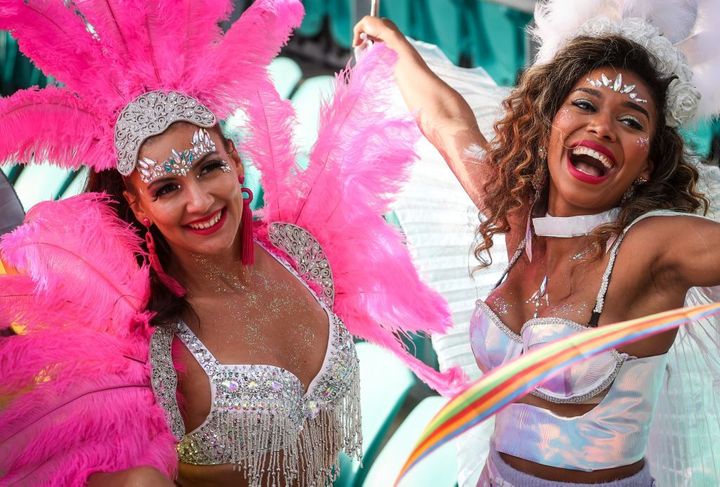
SYDNEY ― On Monday, for the first time in a year, Sydneysiders can dance.
The state of New South Wales said it would dramatically relax COVID-19 restrictions next week, a landmark move as officials said large swaths of quarantine and frontline workers had been vaccinated.
“With no community transmission and our quarantine and frontline workers now receiving their second vaccinations, the timing is right to further ease restrictions across the state,” State Premier Gladys Berejiklian said Wednesday, more than 12 months into the pandemic. “As we do this, it is important we don’t let our guard down and continue to check in at venues, keep our social distance and get tested if we have even the mildest of symptoms.”
The easing of pandemic restrictions includes a host of opportunities largely unheard of, except in New Zealand and some Republican-led U.S. states: No attendance caps for weddings or funerals, 200 people allowed at personal outdoor gatherings, 100% seating capacity at sports stadiums and theaters. Mask mandates on public transit are also no longer mandatory (although face coverings are still “strongly recommended”).
“We are pretty much back to normal, and that’s a great thing for the people of our state,” NSW Treasurer Dominic Perrottet said during a news briefing. “This is an amazing achievement from where we were just last year. … So, to have the freedoms and the options we have is a testament to the people of our state.”

In many ways, Australia’s response to the pandemic could have only happened here.
The country is surrounded by miles of ocean, and since March 2020 every person has had to quarantine for two weeks inside a government-designated facility. Cases routinely pop up in those isolation hotels, but patients are treated before they can return home.
For members of the public, testing is free and widely available. Guests at weddings, patrons at every hospitality venue and many other businesses are required to check in via a government QR code system, so they can be alerted of any nearby COVID-19 cases. And in instances of localized outbreaks ― even when there is just one case ― state governments have locked down entire suburbs or even cities to get infection under control.
The strict moves have paid off. Since the start of the pandemic, Australia has had just under 30,000 cases and only 909 deaths. (On Tuesday the U.S. had more than 58,000 new cases and 892 deaths in a 24-hour period.)
Still, outbreaks have happened. Melbourne was strictly locked down for nearly four months last year, and a portion of Sydney was cut off from the rest of the city over Christmas after a mysterious spate of cases. Other states have imposed snap three- or five-day lockdowns when clusters emerged, stamping them out.
New South Wales ended a 55-day run of no locally acquired cases earlier this month, after a hotel security worker and a guest at the facility were infected, but the state has been back on track after an aggressive spate of contact tracing.
The success defies a slow-moving vaccination program that only began late last month. Those efforts had focused solely on those working at quarantine hotels ― the main source of local outbreaks ― and frontline workers.
With 100% of quarantine workers are now inoculated with at least one shot, Berejiklian said she felt confident the dance floors could light up once more.
“Every day that we move forward the risk is reducing,” the state leader said.
A HuffPost Guide To Coronavirus
Calling all HuffPost superfans!
Sign up for membership to become a founding member and help shape HuffPost’s next chapter
 RSS Feed
RSS Feed















 March 24th, 2021
March 24th, 2021  Awake Goy
Awake Goy  Posted in
Posted in  Tags:
Tags: 













